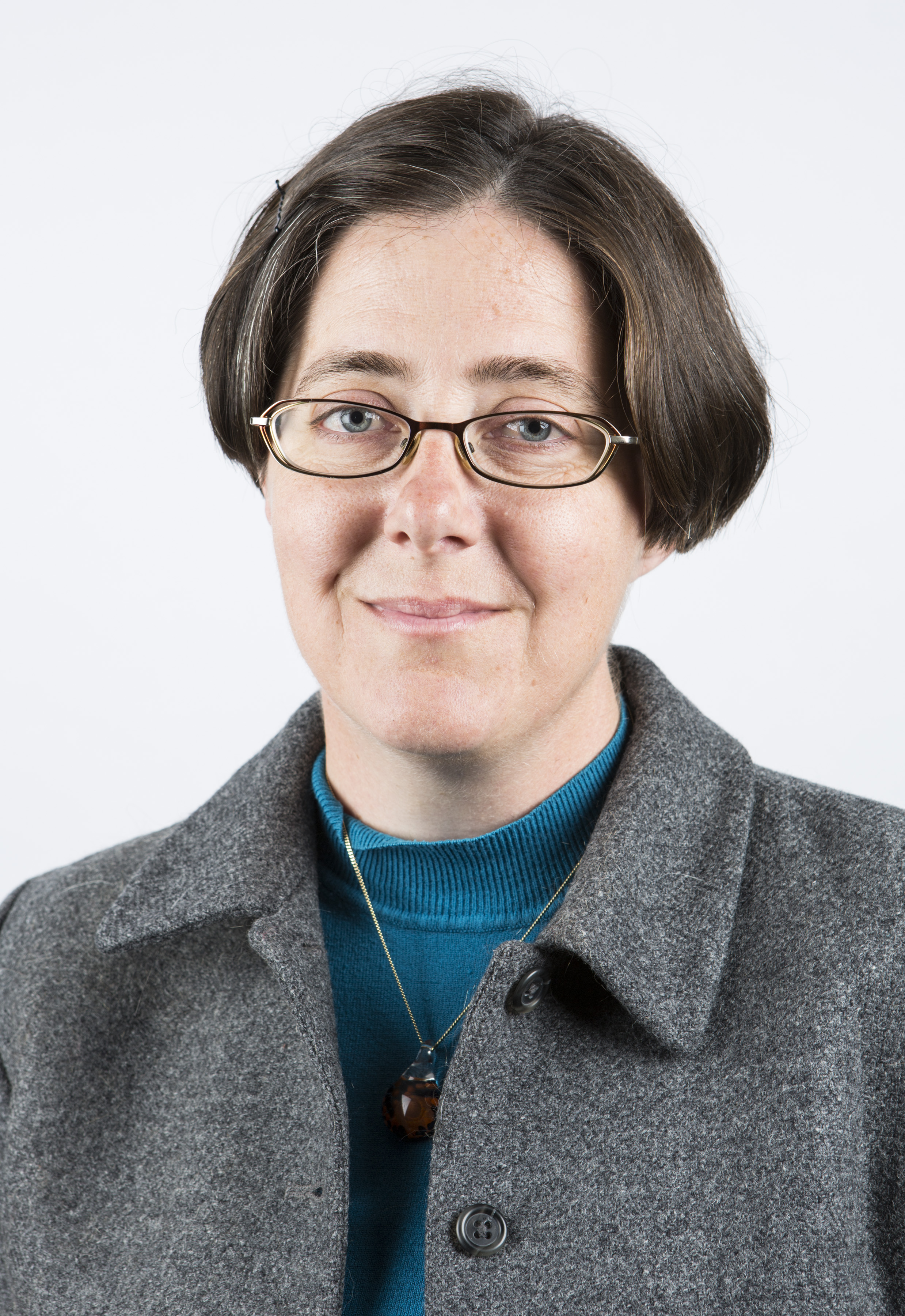
Kami Koldewyn is a lecturer in Psychology at Bangor University, whose current work focuses on cognitive development and autism spectrum disorder.
How can you know, with just a single glance at her face, that your daughter is terribly sad? Why do you unconsciously find yourself echoing the gestures and speech patterns of people around you? How can you know, within seconds, that the two people you’re watching are in love, even when they don’t even touch each other?
People are social creatures – we spend much of our time watching, listening to, and interacting with others. As a consequence, we are endowed with perceptual and brain systems that are highly attuned to other people.
For most of us, even complex social tasks feel practically effortless. But for people with autism spectrum disorder, the social world can be difficult to navigate, full of unspoken, untaught social expectations — expectations that the rest of us can be remarkably unforgiving about.
And what’s more, because social tasks are so effortless, we tend to have very little intuitive insight into how we accomplish such amazing perceptual and cognitive feats — or the kinds of social understanding and behaviour we unconsciously demand from others.
My approach to such questions is to ask how the brain understands, responds to and predicts social information. How does the brain respond to faces, bodies and human movement? Does the brain respond the same way to body postures and gestures when someone is alone in a room as it does when they are interacting with someone else? How do brain responses to such social cues change across development as children learn more about the social world? And, perhaps most important of all, how do the minds and brains of children with autism differ in their response to social information?
Long ago, I wasn’t a neuroscientist at all, but worked directly with children with special needs. I created curriculum and designed computer systems to help children with cerebral palsy and autism communicate and learn.
I loved my work with those children. But that work became the seed of my desire to become a neuroscientist. As an educator, I felt we were failing children with special needs because we didn’t have enough knowledge about neurodevelopment in general, let alone about how brain development might be altered for children with neurodevelopmental disorders.
I found that I wanted to be one of the people researching those questions rather than waiting for others people to do the scientific work.
I’m not sure how far we’ve really gotten in understanding autism since the day I decided to become a researcher. But we certainly know more about how the brain responds to social cues, and more about neural development. And there are a lot of good people doing great work that will one day build our understanding of the human mind to the point where someone can answer all my questions.
For right now, I’m glad to have become part of the vibrant research community here in Wales, working with great people in the hopes of slotting a few more pieces into the puzzle.
Kami may be contacted at k.koldewyn@bangor.ac.uk
This article first appeared in the Western Mail on 22nd September 2014, as part of the Welsh Crucible series of research profiles.
